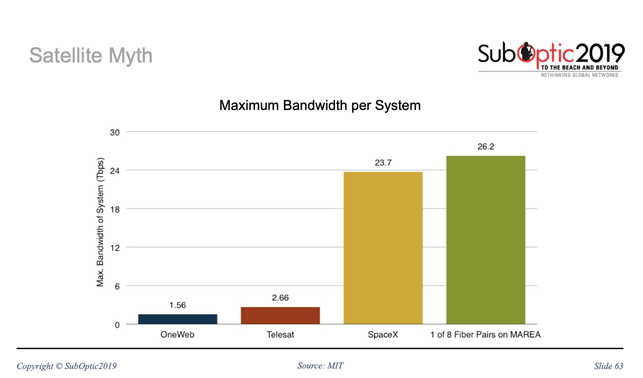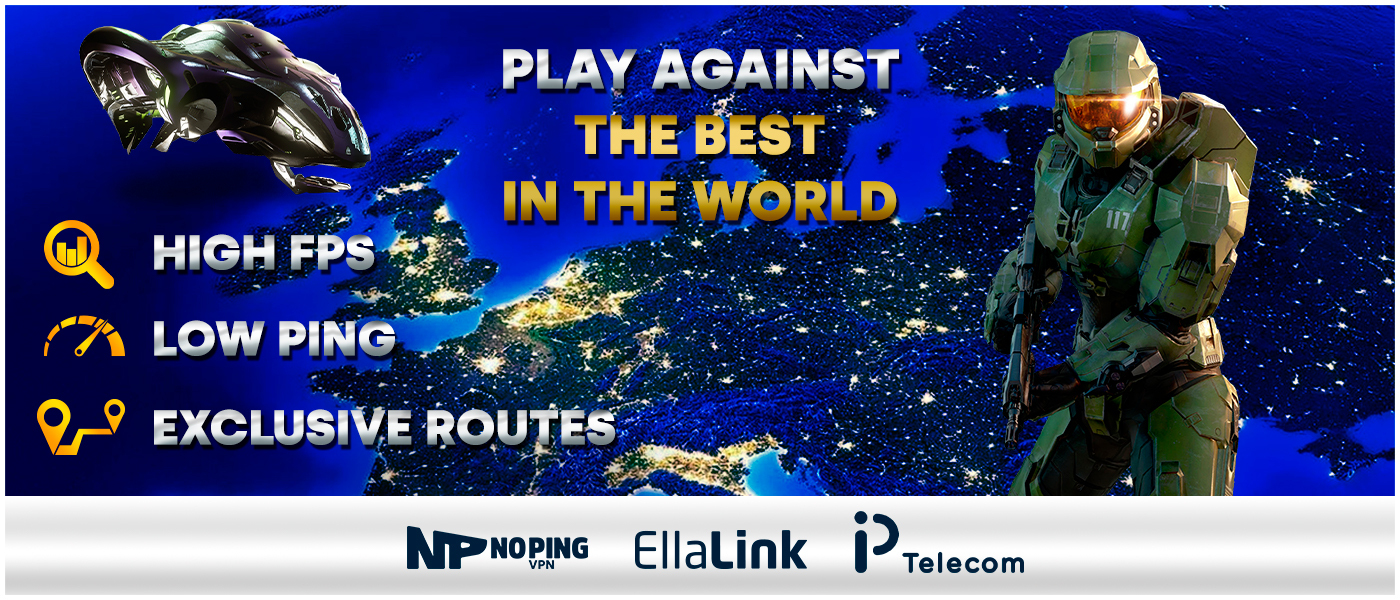Submarine cables are the backbone of today’s Internet
In our globalized and interconnected world, around 99% of all exchanges of data are enabled by fiber optic submarine cable systems.
This critical infrastructure forms the backbone of the Internet, even though it remains largely invisible to the end-user due to its underwater nature… Inscribed in a multi-secular social and technical history (since the mid-XIX century), submarine cables remain important and form a complex capillary system connecting multiple countries around the globe.
Satellites are sometimes thought to form the majority of internet infrastructure, allowing us to enjoy a performant internet access all around the world, whether it be in the middle of the Pacific Ocean or on the top of the Everest Mount. Although, satellites do provide Internet access in remote and difficult to reach areas, submarine cables still provide the most efficient and fastest telecoms infrastructure.
Terms such as “cloud application”, “virtual server” or “wireless world” tend to keep away, whether intentionally or not, the importance of the submarine efficiency. However, satellites are much less technically efficient. A simple way to think about this is to compare the units used to measure the capacity of the telecoms infrastructures: for the satellite bandwidth we talk about Gigabits per second (GB/s), while many submarine cables are designed to have a capacity of several Terabits per second (TB/s). For example, the EllaLink cable provide 25 TB/s per fiber pair between a server in Europe (Sines, Portugal) and a server in Latin America (Fortaleza, Brazil), with a latency of less than 60 milliseconds.

As demonstrated in Figure 1, the capacity of one fiber pair of the MAREA cable (RFS in 2018) is higher than the total bandwidth of the SpaceX (Starlink) constellation in 20191.
Capacity is one of the most important aspects of telecommunications systems, so is latency, defined as the delay of a data exchange between point A and point B (in our case, servers).
Satellites have a relative high latency because of the distance between Earth and the satellites, which is several tens of thousands of kilometers. The latency value can also change depending on the orbit selected and the space conditions, which are often less stable compared to the submarine environment. Hence, applications or connected software which need minimal latency to be effective will lag and freeze, making them tedious to use or navigate.
Despite the differences in bandwidth capacities and latency, satellites provide internet connections in areas that are difficult to access or not connected to the global submarine network yet. Adopting a more symbiotic perspective about telecommunication infrastructure is thus more realistic, even if submarine cables still are the main channel for international digital exchanges.
1 Tim Stronge and Alan Mauldin (TeleGeography), Mythbusters III: The Final Reckoning, SubOptic 2019 based on: Inigo del Portillo, Bruce G. Cameron and Edward F.Crawley, “A technical comparison of three low earth orbit satellite constellation systems to provide global broadband”, Acta Astronautica, n°159, 2019, pp. 123-135
You May Also Like
Mauritania and EllaLink: Bridging Continents, Empowering a Digital Future
On Monday, July 28, 2025, EllaLink and the Government of Mauritania celebrated a defining milestone:
EllaLink shortlisted for the Global Carrier Awards 2019
EllaLink is delighted to announce that it has been shortlisted for the Global Carrier Awards 2019, o
LATAM X Europe low latency games is now possible thanks to EllaLinks
Approximately 85 million Brazilian online gamers are rejoicing with the opening of a high-speed comm


